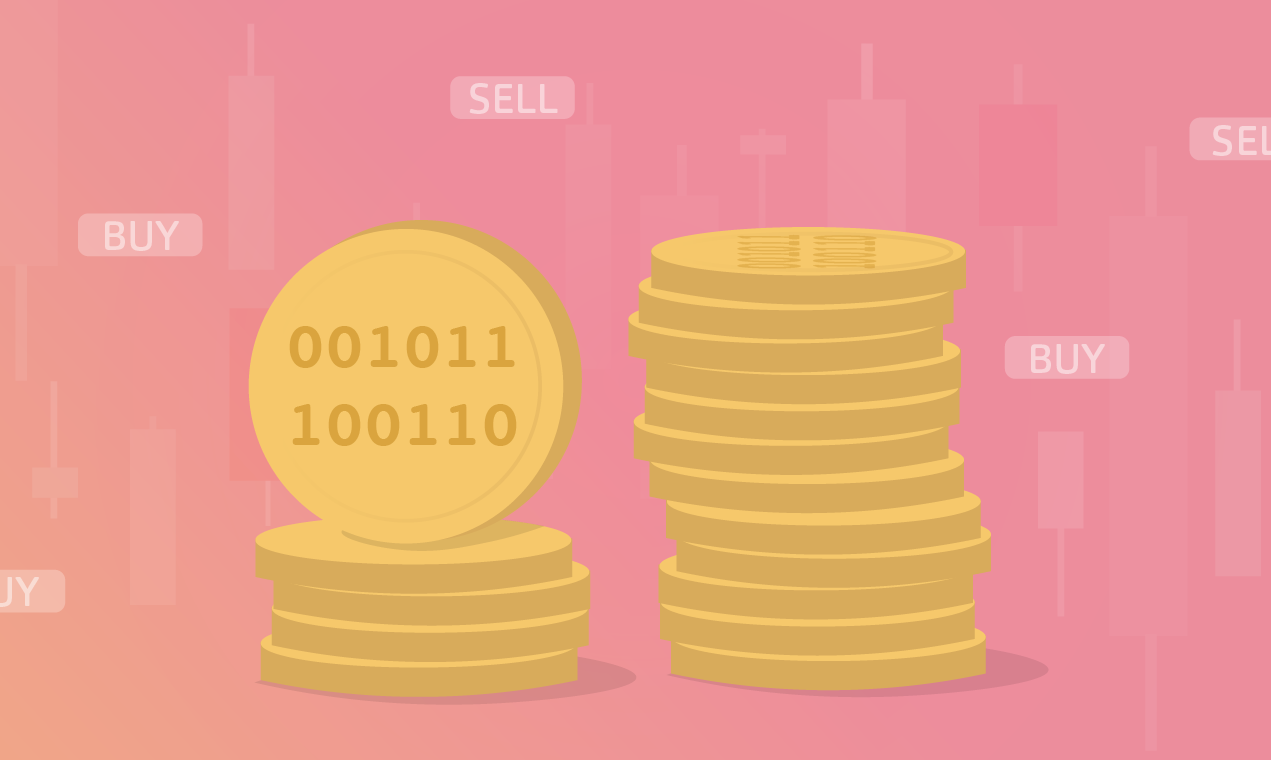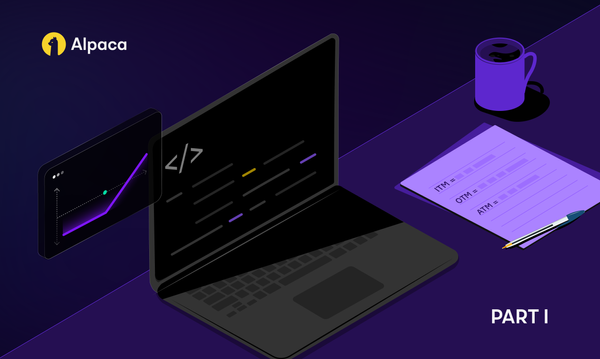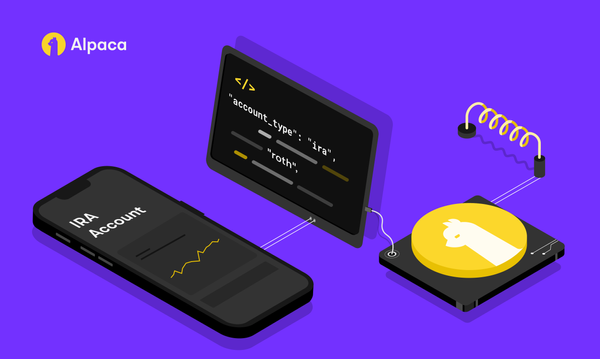6 Crypto Day Trading Strategies to Know About
Looking to day trade cryptocurrencies? This article explores six day trading strategies.


Maybe it's the adrenaline rush. Or it's be the idea of turning a quick profit. Whatever your motivation, if you’re interested in day trading cryptocurrencies, you’ll want to learn about the strategies, currencies, and your own risk appetite. Let’s dive in and look into several strategies.
What is Day Trading?
Day trading crypto can be attractive because of the volatile nature of the various currencies’ values. Crypto can fluctuate 5-10% or more in a single day and the crypto markets are generally open 24/7, unlike traditional markets.
When the demand for a cryptocurrency nears or outstrips its supply, its value rises. When many more coins are available than are being purchased, the value falls. Sometimes, a team of managers or automated processes help set the value, releasing more of a currency when the price gets too high, or they begin "burning" coins – sending them to a blockchain address where the coins can't be recovered when it falls.
And while the average annual U.S. stock return of 10% becomes 6% or 7% after it's adjusted for inflation, crypto can still rise and fall much farther and faster in a single day.
Crypto Day Trading Strategies
The strategies day traders use for crypto may differ from those they use when trading stocks, or may change from day to day or from minute to minute within their crypto trading activity itself. There are many approaches to choose from, but these six seem to be the most popular used for day trading crypto:
- Range trading. When a crypto's price fluctuates within a relatively narrow range over a long period, this might result in an opportunity to engage in “range trading.” Range trading means figuring out the low and the high of that range, buying when the crypto dips to the low point and selling when it hits the high point – before it starts to drop again. Typically, this phenomenon occurs in crypto when a single big trader is manipulating the market cap. That trader can buy and sell large amounts to move the price up and down within a range in order to profit from the fluctuations. But those stable periods don't last forever. What goes up in trading must come down, and vice versa. When the currency's price continues to rise with little to no fluctuation, it's deemed, at some point, "overbought" and may be likely to reverse its course as traders start selling off their coins. If crypto is "oversold," big traders may begin repurchasing them, and the price may begin to rise. The Relative Strength Index can help you find these zones.
- Scalping. This technique involves making many trades within a short time to take advantage of a crypto’s volatility. When crypto is frequently rising and falling in value, a trader may want to join the party and buy, then sell quickly when the price rises just a bit. If the trader does this enough times in a day, with enough money, he or she could come away with big overall gains. Some day traders even use bots to help them make more trades.
3. Arbitrage. When a trader buys crypto in one market and then sells it (typically instantaneously) in another at a higher price, this is called arbitrage. For example, spring 2021 showed a 15% higher trading price for Bitcoin in South Korea than in the U.S. If possible, day traders using arbitrage might buy the crypto on U.S. exchanges and then sell them on South Korean exchanges. In most cases, the “spread” between the price on one exchange and that on another will not be as large, but day trading crypto using this technique can still yield profits. Before attempting arbitrage, traders must also factor in fees associated with their trades, which could affect their overall earnings.
4. Bot trading. Day traders can conduct more than one trading session at once by programming crypto trading bots to buy and sell at certain times or at specific prices and parameters they've set to maximize their profits. If day traders can program software, particularly application programming interfaces (APIs), they can most likely program bots to go forth and attempt to conquer the crypto market.
5. News and sentiment analysis. Keeping up with the latest news from mainstream and industry sources can help you stay abreast of trends and predict what’s likely to happen – whether demand for particular cryptocurrencies will likely rise or fall based on what people are saying, not only in the news but also on social media sites. Some use Twitter to gain an overview of crypto market sentiment: positive tweets could indicate a rise in value for a particular coin, while negative ones may warn of a fall.
6. Technical analysis. This method may be a go-to for those who prefer logic to intuition in the crypto day-trading game. Before placing bets with buys and sells, a trader can examine the data of the crypto they are trading, such as its price over time and how much of it is being traded versus how much exists. As seen with range trading, some data-analytics tools such as the RSI can be helpful in crypto trading, as is the Money Flow Index (MFI), which uses trading volume as an indicator of whether a commodity's price is about to reverse course. While technical indicators can help traders decide which trades to take, they aren’t foolproof. Even when multiple indicators point to one conclusion, traders should always use their own judgment.
The Final Word
There’s no doubt that day trading is a high-risk activity. That's why researching and learning the market is essential, no matter which crypto day trading strategy you choose. A number of variables can affect the market and cause the price of a cryptocurrency to rise or fall. Traders use different strategies and tools to try to anticipate when markets will move and how far. And while no single strategy may suffice on its own, using several – or all – can help you make better-informed decisions.
About Alpaca
Alpaca is a developer-first embedded financial technologies platform that helps fintech builders embed crypto and stock trading, real-time market data, and end-to-end brokerage infrastructure via modern APIs. Sign up for a free Alpaca account today.
Please note that this article is for informational purposes only. The example above is for illustrative purposes only. Actual crypto prices may vary depending on the market price at that particular time. Alpaca Crypto LLC does not recommend any specific cryptocurrencies.
Cryptocurrency is highly speculative in nature, involves a high degree of risks, such as volatile market price swings, market manipulation, flash crashes, and cybersecurity risks. Cryptocurrency is not regulated or is lightly regulated in most countries. Cryptocurrency trading can lead to large, immediate and permanent loss of financial value. You should have appropriate knowledge and experience before engaging in cryptocurrency trading. For additional information please click here.
Cryptocurrency services are made available by Alpaca Crypto LLC ("Alpaca Crypto"), a FinCEN registered money services business (NMLS # 2160858), and a wholly-owned subsidiary of AlpacaDB, Inc. Alpaca Crypto is not a member of SIPC or FINRA. Cryptocurrencies are not stocks and your cryptocurrency investments are not protected by either FDIC or SIPC. Please see the Disclosure Library for more information.
This is not an offer, solicitation of an offer, or advice to buy or sell cryptocurrencies, or open a cryptocurrency account in any jurisdiction where Alpaca Crypto is not registered or licensed, as applicable.




